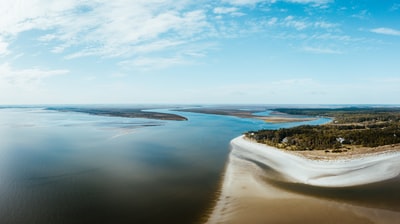Processes of erosion and transportation will alter the shape of a river valley as a river flows downstream.
The world we live in has been shaped over billions of years by the movement of the earth’s
crust, by the climate, and by water, both in its liquid form and as ice. As rivers flow down to the sea they erode the land they travel through in a number of ways:
Hydraulic action: as rivers flow round bends, they constantly push against the river bank, causing cracks that grow larger until the bank collapses.
* Abrasion/corrosion: as the river flows it picks up rocks and vegetation. As this moves it rubs against the sides and bottom, scouring like sandpaper.
* Attrition: where rocks are already submerged or partially submerged, they are worn by other material moving downstream and become smooth.
* Solution: water usually contains small concentrations of corrosive chemicals including carbonic acid.
* Vertical and lateral erosion: as water is pulled downhill by gravity the materials it contains create V-shaped valleys. Vertical erosion occurs in the upper river. Lateral erosion occurs in the lower river where the land flattens out.
As rivers flow downstream, distinctive landforms result from the processes of erosion and deposition: waterfalls and gorges; meanders and ox-bow lakes; levees and flood plains.
The flow of water through a landscape helps shape it in a variety of ways, depending on the make-up of the terrain, the volume and force of the river and other factors, including human activity.
Some of the forms created by erosion include waterfalls, gorges and steep V-sided valleys; landforms resulting from deposition can include ox-bow lakes, which are so-called because of their shape: they are formed when part of a river meanders off course.
